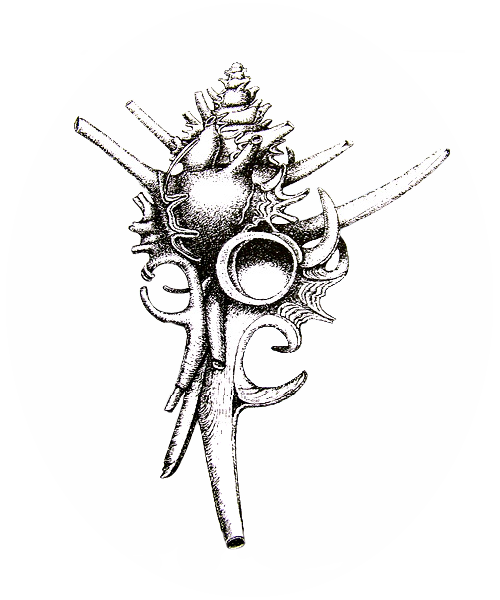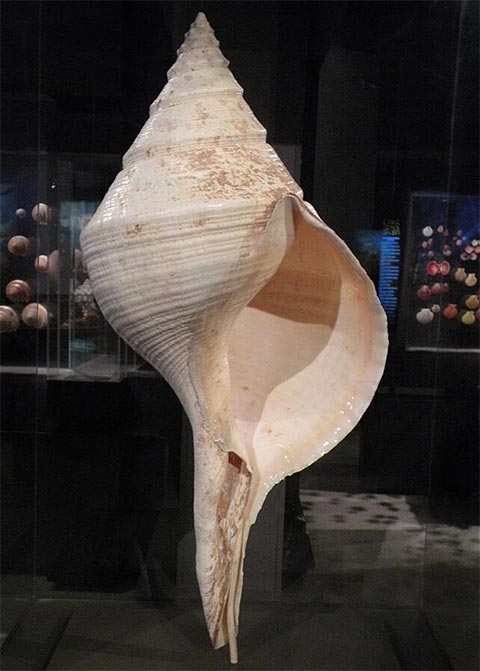Register a seashell size record
Discover the method for measuring a seashell size


The time to register a seashell size record is when you have a verified specimen that exceeds the standing record for its species by a defined minimum margin.
WRS-Shells (the Registry of World Record Size Shells) is the official publication for these records in the conchology community.
Here are the key criteria that would prompt you to register a record:
You should consider registering your shell if its maximum dimension is greater than the current world record size for that specific family, genus and species.
The Registry of World Record Size Shells typically requires a new record to exceed the standing record by at least 0.3 mm (millimetres). This margin accounts for slight human error and environmental effects during measurement. If your shell merely ties the record, it is usually kept on file but not published as the official new record.
The Registry also tracks the smallest adult size for certain popular species. You may register a record if you have a verified, fully adult specimen that is smaller than the current minimum adult size on record.
If you believe you have a potential record, you would typically register on wrs-shells.com and follow the submission process.
